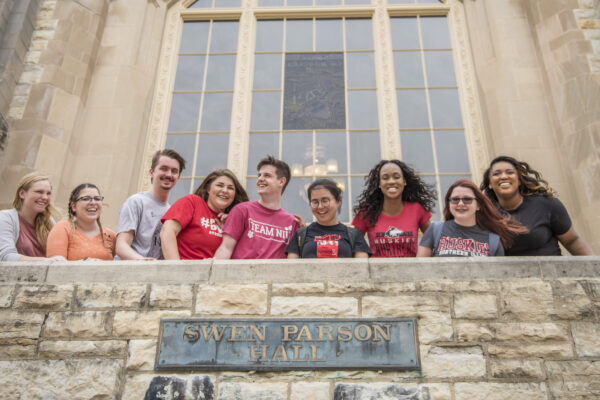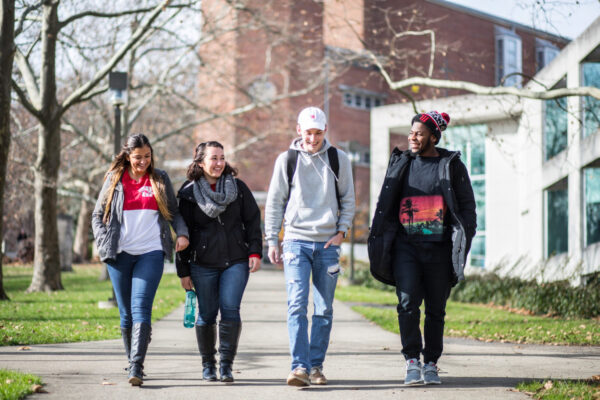Defining First-Generation College Students
Title: First-Generation Status in Context, Part One: Trends in Parental Education and Family Structures Over Time
Authors: Brian Heseung Kim, Elyse Armstrong, Mark Freeman, and Trent Kajikawa
Source: Common App
A new research brief from the Common App analyzes how small changes in defining first-generation status can significantly reshape this priority student population. Using application data for over 9 million domestic applicants from 2013-2022, the brief examines factors related to first-generation status over time. Key findings include:
- The specific parental education level used to define first-generation status (e.g., parents with no bachelor’s degree versus parents without any college attendance) significantly alters the size of the resulting first-generation student population. Using a bachelor’s degree cutoff versus any college experience affected 11 percent of applicants.
- Factors like timing of degrees, degrees from outside of the United States, family structures, and availability of parental information impact first-generation calculations for over 14 percent of applicants. To illustrate, nearly nine percent of applicants had a parent with a foreign bachelor’s degree, and six percent had parents who earned bachelor’s degrees after the student’s birth.
- Almost one third of applicants do not live with both biological parents, raising questions about whether to factor other caregivers’ education levels in first-generation calculations. Over 10 percent of applicants lack full parental education details for at least one parent.
Given increasing efforts to support first-generation students, this brief highlights the need for institutions to align definitional criteria to their specific goals and target student groups. For instance, more expansive definitions focused on initial college application and enrollment may consider any parental college experience helpful. Conversely, initiatives aimed at bachelor’s degree completion may focus only on students whose parents lack that credential. Even minor nuances significantly reshape access to resources. Therefore, alignment to institutional objectives and transparency about population impacts are key to ensuring first-generation initiatives reach and serve the intended students.
To read the full research brief, click here.
—Alex Zhao
If you have any questions or comments about this blog post, please contact us.


